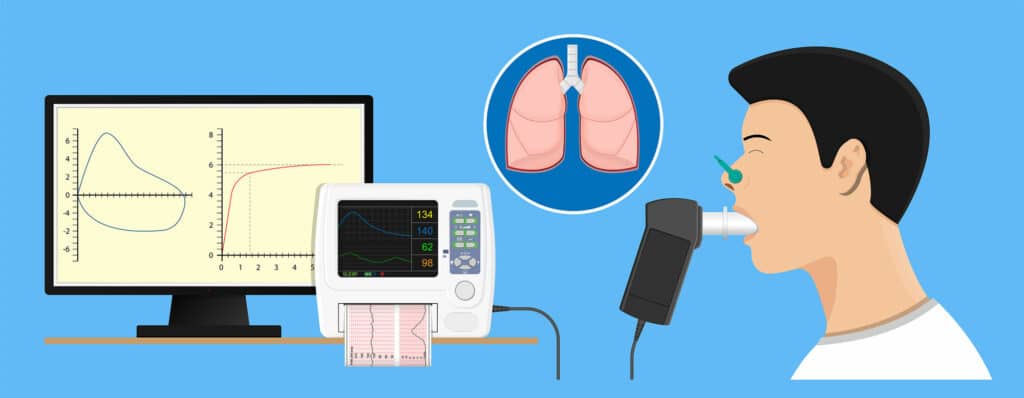Who is a Lung Function Test for?
Lung function is a vastly important and often overlooked test to have, especially if you work in any workplace environment outside an office. Indeed, there are many industries wherein it should be an absolute necessity but oftentimes, employers and employees alike are not fully aware of the at-risk sectors and tasks nor the appropriate measures one needs to take to ensure the safety of staff.
Among the most vulnerable are those that work with dust and chemicals, such as laboratory technicians, welders, farmers, painters and decorators, mechanics – even cooks and chefs are more susceptible than you might otherwise think. There are also more obscure reasons why you might need a Lung Function Test (LFT). For instance, people who work with poultry or even keep pet birds are particularly prone to developing lung conditions due to the airborne particles that avian species give off from their plumage and down.
Similarly, a huge variety of Safety-Critical work (which you can read more about here) will also put you at risk of lung problems such as Chronic obstructive pulmonary disease (COPD) and Asthma. Exposure to substances that can cause respiratory issues are listed as part of the Control of Substances Hazardous to Health (COSHH) legislation under the purview of the Health and Safety Executive (HSE).
What preparation must there be?
First of all, a questionnaire is required to initiate the test. This is to assess your circumstance and any details that may need to be taken into account. For instance, there are several reasons why you may not be able to undergo the test. If you have any of the following conditions, then you may be disqualified from taking it. Do not undergo the test if you have:
- Had a recent medical operation
- A hernia
- Tuberculosis or other associated airborne bacterial infections
- COVID-19
- Flu
- High blood pressure
- Pulmonary issues of any kind, i.e. cardiomyopathy
- An inability to communicate effectively. It is of paramount importance that you understand the test.
Once your suitability has been ascertained, and temperature checks concluded, then the test can commence. Note that a lateral flow test is no longer required, however, your examiner will be wearing FP3 facial respirators as well as full Personal Protective Equipment (PPE).
What does a Lung Function Test involve?
The individual under examination will be placed into an air-locked room, and then the majority of the test will be focused around a Spirometer, a specialized tool designed to assess breathing function with a protective two-way filter attached. This is to measure how well one can sharply breathe into the machine and maintain airflow before running out of breath. This is referred to as a ‘Forced Vital Capacity’ (FVC) test.
Afterwards, lung capacity will be determined. The results will be any of the following:
- Normal ventilatory function
What you might expect from the average person. This constitutes a ‘pass’ from the test.
- Obstructed ventilatory function
This can be classed either as mild or standard, depending on your circumstance. It is likely that the individual has some difficulty breathing and potentially an underlying condition.
- Restricted ventilatory function
Either mild, standard or severe, this hints at a serious underlying condition.
What are the benefits?
Aside from proving the individual’s ability to work effectively and without impediment, the Lung Function Test Extends certification of safety-critical medicals and forklift (FLT) licence up to 2 years (depending on the outcome).







